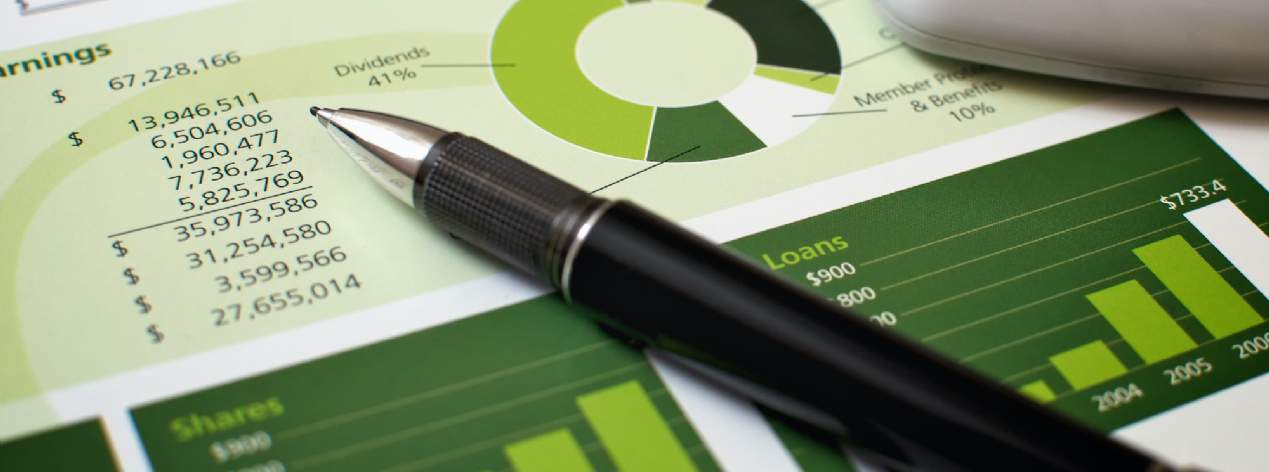There continues to be greater emphasis on how businesses are addressing Environmental, Social and Governance (ESG) issues and the lending sector has sought to support real estate through the development of two key products, Green Loans and Sustainability Linked Loans (SLLs). Green loans and SLLs are two different products, but 'green loan' is sometimes casually used to cover both. What are the differences?
What is a Green Loan?
The key feature of a Green Loan is that the proceeds of the loan are to be applied to finance or re-finance, in whole or in part, new and/or existing green projects that specifically contribute to an environmental objective. For example, a renewable energy project.
What is a Sustainability Linked Loan?
The key feature of a Sustainability Linked Loan (SLL) is that it seeks to promote sustainability by incentivising the borrower to achieve sustainability performance targets which are agreed with its lender at the outset, but unlike a Green Loan the project financed doesn’t have a core ‘green’ objective.
For example, if a borrower was looking to fund a housing development, it could secure an SLL on the basis that if it delivers the homes to high environmental standards it will receive a slight reduction in the interest rate margin payable.
Greenwashing and minimum standards
Greenwashing is a phrase that can generally be applied to someone making ambiguous, misleading or false claims about the environmental or sustainable benefits of the investment or project the investment is funding. Therefore in response minimum standards have been developed by the loan markets.
In March 2018 the Loan Market Association, together with its counterparts in North America (LSTA) and Asia Pacific (APLMA) issued the Green Loan Principles (GLPs), followed by the Sustainability Linked Loan Principles (SLLPs) in March 2019.
These, and the subsequent guidance that was issued, sets out a high level voluntary framework or market standards and guidelines which can be adopted by lenders when providing such loans.
Benefits and challenges for borrowers
In financial terms, the direct benefit to a borrower of a Green Loan or SLL is most likely slightly lower interest rates on its debt, but more broadly further investors and clients may be attracted to a real estate company or developer which which has demonstrated a focus on ESG criteria. They are, however, not without their challenges.
Such loans can result in an additional administrative burden to the borrower which will need to demonstrate compliance with the terms of the loan. There will also likely be consequences to the borrower for breaching the ESG provisions, ranging from the loan no longer being considered green to a higher margin being applied, or the breach resulting in event of default. These however will be agreed between borrower and lender and will vary from loan to loan.
Although sometimes there may be uncertainty whether a loan is classified as green or not, what is very clear is that nearly all lenders are very focussed on the ESG credentials of the assets they are lending to and it has become a key part of the overall lending criteria.

.jpg)
.jpg)




.jpg)
.jpg)

